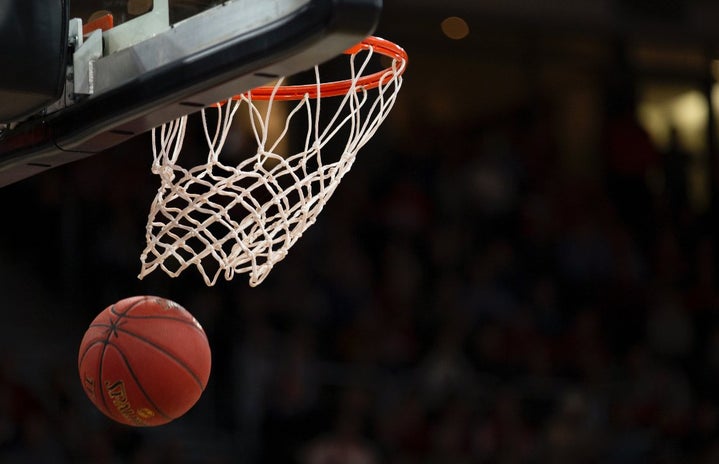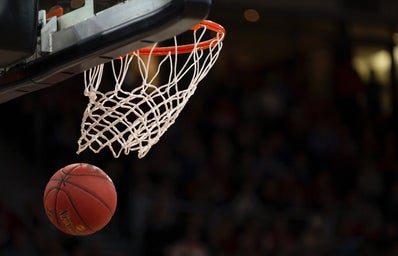The NBA “Bubble” came to the rescue of sports fans everywhere in July when the NBA season returned after a month hiatus. The proverbial “Bubble” is better recognized as Walt Disney World Resort in Orlando, Florida. While the games were played in the ESPN Wide World of Sports complex, the 22 out of the 30 league teams in attendance were quarantined and stayed in 3 different resorts on the property. Teams were restless to return to their season but wanted to do so only if they could do so safely while also continuing their activism efforts as the Black Lives Matter movement was (and continues to be) at the forefront of priorities.
The COVID precautions the NBA took are of the most impressive the US has seen still to this day. During the four months that consisted of the regular season, playoffs, and championship games, not one person in the “Bubble” tested positive for COVID-19. A feat that should not be taken lightly. Although access was limited and families were only allowed in during the final week, there were still a large number of players, staff, and workers there in contact every day. The NBA “Bubble” allowed for the most successful sports season out of all the other sports that have returned post initial shutdowns. The NHL, NFL, MLB, and Collegiate Football have all had outbreaks, whether in “bubbles” or not. How was the NBA able to do this?
Well, the NBA invested $170 million (yes, you read that correctly!) into their 2019-2020 season plans to create the “Bubble.” This included tests every day, for everyone, housing, transportation, and many behind the scene additions to make it all accessible. Because of the constant testing, we have records that no one tested positive the entire duration of the “Bubble.” This also allowed virtual fans and media appearances still to happen which helped make it feel as close to a normal season as possible!
Considering how successful the “Bubble” was, it feels like the rest of the country should follow by example. Yes, this was as controlled of an experiment as you can get considering the number of people and the different, but central location, but there is still much to learn from this experience. For example how, for now, sports CAN happen without a crowd, yet still be interactive! The virtual crowd that “attended” the bubble games was some of the coolest use of technology that I’ve seen in a long time. There were still media interactions and players used their odd situation to continue addressing civil rights needs, mental health observances, and even came up with side hustles to occupy their time (see Jimmy Butler’s $20 coffee station). My favorite look into the “Bubble” is from the players’ perspective. Those who chose to share their experiences gave an early and continuous look into the life and happenings of the “Bubble.” Among those players were the rookie Matisse Thybulle (‘76ers) and veteran player JaVale McGee (Lakers). Their YouTube vlogs gained much popularity and showed similar, but varied, perspectives of their time there, the good and the bad.
Mandatory masks in semi-public areas, and constant testing prove that there is a way to curb the spread of the virus. That and the fact that it was truly a closed bubble, aka one big quarantine, shows that even the masses can handle this responsibility, or at least try! Look at what was accomplished simply by following CDC guidelines on a big scale! Sure their large budget helped immensely, but their example will live on and should inspire many people to continue taking this as seriously as possible. Bravo, NBA!



